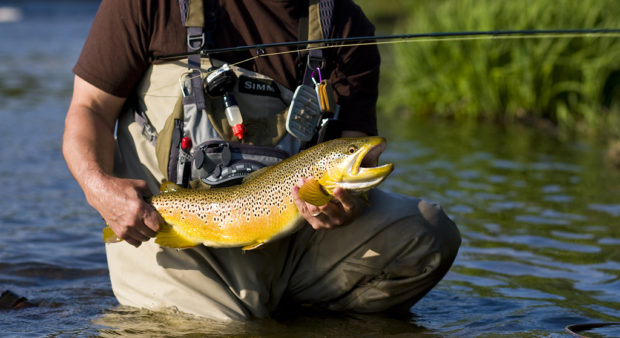
No, I’m not talking about the tall tales told around the campfire, or the tendency for fish in those stories to grow with each retelling. I’m talking about the locations in the trout stream where fish hang out, and why.
The rise of a feeding trout shows anglers where to cast. But practically speaking, as you work your way up a stream, there will be lots of occasions when you won’t be casting to a rising trout. You will be casting to where you think a trout might be located — a promising lie. Knowing how to recognize these locations and what makes them productive can improve your trout fishing.
There are two aspects to a great trout lie: the ability for fish to save and replenish energy, and safety from predators.
Food and rest
For trout, achieving good energy balance includes access to food for replenishing energy, while conserving energy at the same time. The best lies provide both.
Strong currents bring food, but fighting the currents causes trout to expend considerable energy. The solution is to sit in slacker water where they still have easy access to insects drifting toward it. They can dart out of the slacker water to feed on a drifting insect and then ease back in to conserve energy. Or, they can simply hang on the softer part of the seam between the two currents working the edge.
Slack water can come in the form of gentler currents at the margins of the stream, in pools where the deepening of the water means slower currents, behind and in front of rocks and logs, and along the bottom of streams where friction between the water and the streambed slows the current. Concentrate your casting on the transition zones or seams between faster and slower water, and you will increase your chances of success.
It’s simple to understand how in-stream rocks provide a good trout lie, since you can see water moving more slowly behind them. That there are also good trout lies just in front of these rocks is a little more difficult to conceive. The science of hydraulics provides the answer. Water flowing toward a rock hits it and piles up against it, providing an area of slacker water that a trout will nestle into. I’ve been surprised by an unanticipated early strike from a fish sitting in the hydraulic bubble in front, and have missed the fish.
Safety
The other concern for trout is keeping out of the clutches of predators, such as mergansers, kingfishers, herons, and larger fish. To evade these predators, a trout is going to look for a lie that also provides protection. This can be an undercut bank, log or logjam, streamside vegetation overhanging a bank, deep-water pool, and sometimes, fast water.
The best lies provide slack water where trout can save energy, nearby areas of faster water that provide food, and places that offer protection from predators. These primary lies will usually harbour the biggest fish, because they instinctively know the advantages such locations offer. The best trout lies tend to fill up quickly, so other fish have to find lies that provide slack water to rest in and adjacent faster water to feed in, but don’t offer the overhead protection from predators. The trout in these imperfect lies need to find another place to go, which will provide protection in case predators show.
Food first
A major hatch can change things. During a hatch, trout sitting in a primary lie will figure out that more insects are available at other locations in the stream, and that a better energy balance is available elsewhere. In these circumstances, a trout will temporarily move out of its primary lie to take advantage of a feeding lie.
I can remember being completely surprised by a beautiful 20-inch brown trout I caught a few years ago in a small, shallow pool where I had never caught anything over 10 inches before. Having released it, I looked over my shoulder to a big logjam immediately downstream, which I knew in my bones was the primary lie of that 20-incher. It had ventured out of the jam to take advantage of the better energy balance of that small pool because of the heavy Isonychia mayfly hatch happening that day.
Not every trout angler is a good liar, but every trout knows a good lie. So take advantage if it.


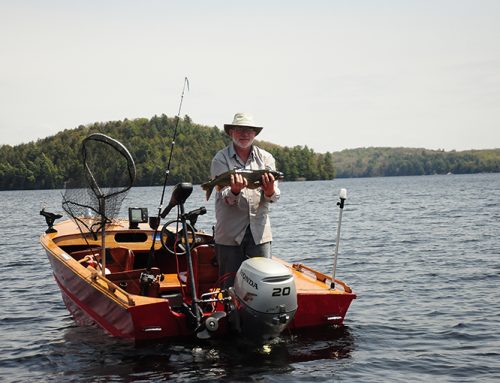
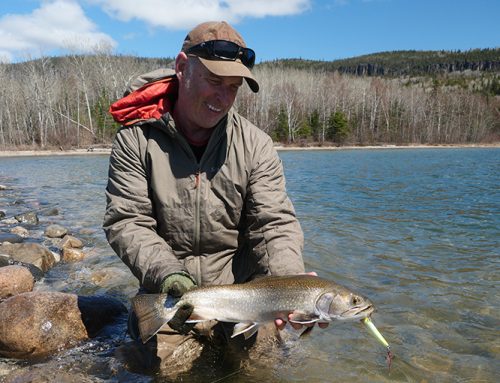
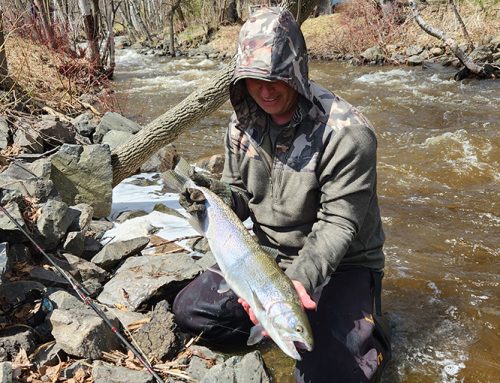
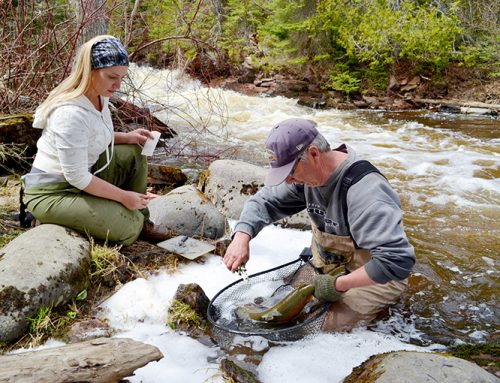
Leave A Comment